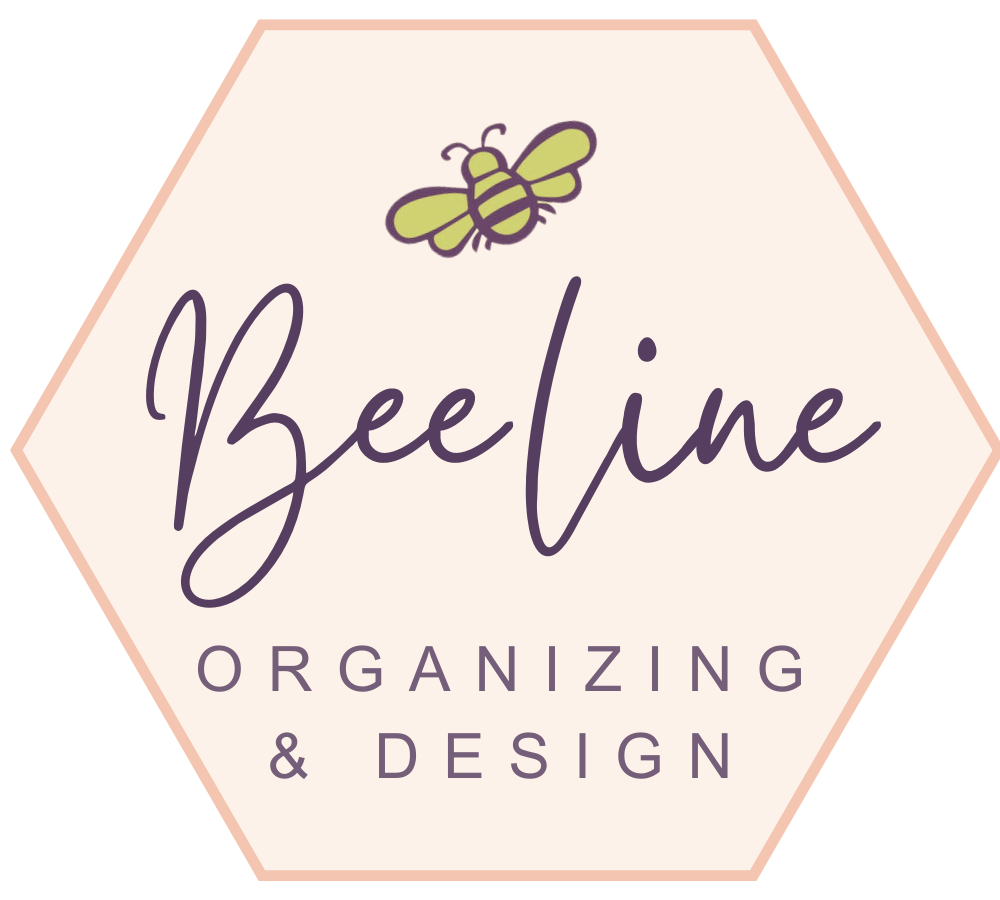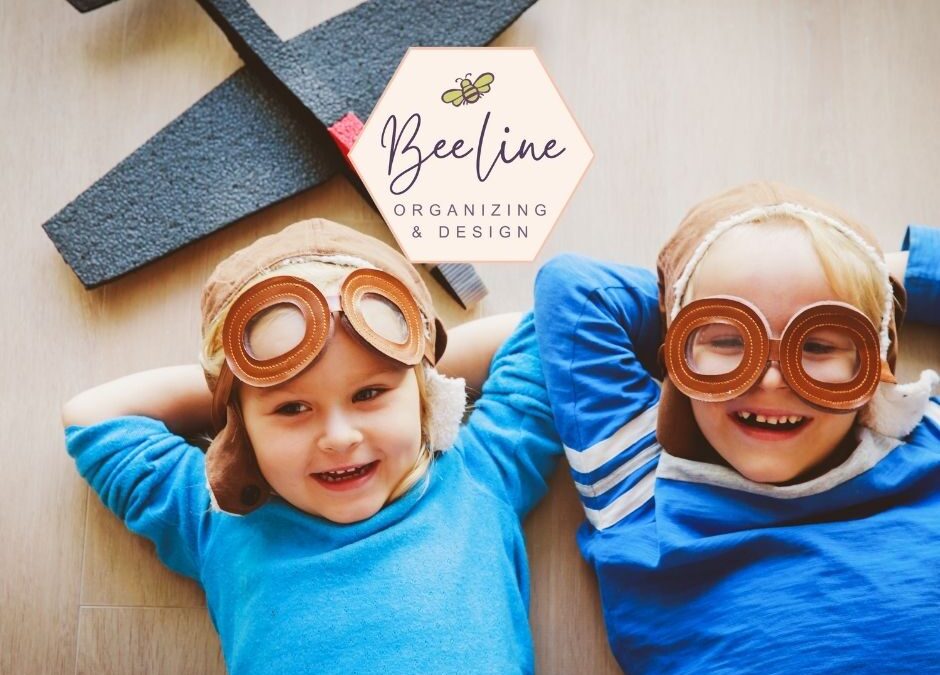How to Keep a Minimalist Home with Kids
Raising kids in a minimalist home can feel like a paradox: how do you maintain simplicity when little hands are constantly drawn to bright, fun things? The answer lies in thoughtful systems, clear expectations, and playful routines that make minimalism feel natural rather than restrictive. This guide offers practical strategies to keep your home calm, functional, and kid-friendly, with an emphasis on minimal toys for kids for less stress.
Why Minimalism Works with Kids
Before diving into the how, it helps to understand the why. A minimalist approach reduces clutter, frees up mental bandwidth, and creates spaces that are easier to clean and maintain. For families, this often translates to more quality time, fewer disagreements over toys, and a home that adapts as your children grow. By choosing intentional items and simple routines, you teach kids values like sharing, tidiness, and mindful consumption.
Start with a Clear Vision
- Define a few non-negotiables: Have a general rule set for each room (e.g., one activity space per child, a limit on toy collections, or a cart for daily essentials).
- Visualize the spaces you want: A living room that serves as a family hub, a kitchen that accommodates quick meals and easy cleanup, and a relaxing bedroom for wind-down time.
- Involve the kids: Age-appropriate choices give children ownership and buy-in, making it easier to sustain minimalist habits.
Minimal Toys for Kids for Less Stress
A core component of a minimalist home is selecting toys that offer depth, replay value, and quality over quantity. Focusing on minimal toys for kids for less stress doesn’t mean depriving your children of fun; it means curating a thoughtful collection that sparks creativity without overwhelming shelves.
- Choose multi-use toys: Blocks, open-ended figurines, dolls, trains, or magnetic tiles encourage endless play scenarios without requiring new purchases.
- Prioritize durability and safety: Invest in well-made toys that last, reducing the need for frequent replacements.
- Embrace open-ended play: Avoid overly prescriptive toys with limited use. Simplicity often fuels imagination.
- Set a toy budget and rotation plan: Keep a modest, fixed number of toys accessible at any time, and rotate others in and out to maintain novelty.
- Digital balance: If screen time is part of your routine, ensure digital toys don’t replace tactile, imaginative play.
Decluttering as a Family Activity
Decluttering is easier when it’s a shared project. Turn it into a game or a treasure hunt, where kids decide which items to keep, donate, or dispose of. A simple rule is “one in, one out” to prevent new clutter from accumulating. When you involve kids, they learn to assess value, gratitude, and responsibility for their belongings.
- Start with zones, not rooms: Tidy closets, toy areas, and playrooms in smaller, manageable chunks.
- Use clear storage solutions: See-through bins help kids understand where things belong and makes cleanup a predictable task.
- Label everything: Picture labels or words help young children know where items go, reinforcing independence.
- Establish a stop-gap for sentimental items: Create a small memory box for keepsakes that are meaningful but not essential for daily play.
Organizing for Everyday Life
A minimalist home isn’t a museum; it’s a living space that evolves with your family. The goal is functional order that reduces stress during busy mornings and evenings.
- Daily reset routines: A 10-minute end-of-day reset helps the home feel calm in the morning.
- Kitchen efficiency: Designate spaces for school lunch containers, charging stations for devices, and a designated “drop zone” for backpacks.
- Laundry simplification: Consider a simple sorting system and a consistent laundry schedule to keep clutter at bay.
- Kid-friendly storage: Low shelving, labeled bins, and accessible organizers empower kids to participate in tidying up.
Creating Calm with Design Choices
Minimalist design isn’t cold or clinical; it’s about warmth, flow, and thoughtful contrasts.
- Neutral palettes with gentle accents: Soft grays, whites, and earthy tones create a serene backdrop that makes clutter less noticeable.
- Tactile textures: Natural materials like wood, cotton, and wool add coziness without visual chaos. -hidden storage: Furniture with built-in storage keeps surfaces clear and makes it easier to maintain order.
- Visual simplicity: Limit wall decor to a few meaningful pieces to preserve openness.
Daily Habits to Support Minimalism
Sustaining a minimalist home with kids requires consistent routines that the whole family can follow.
- One-in, one-out rule for shopping: Before bringing new items home, evaluate whether they replace something you already have.
- Weekly toy audit: A quick review helps prevent overload and makes space for more meaningful play.
- Cleaning as a family activity: Short, clear tasks for each child reinforce responsibility and teamwork.
- Mindful gifting: Encourage friends and family to give experiences or consumables instead of clutter.
Navigating Special Occasions and Transitions
Holidays, birthdays, and school events can threaten a minimalist balance. Plan ahead to minimize clutter while keeping the joy.
- Thoughtful gifting guidelines: Share your minimalist approach with relatives and suggest experiences or high-quality, durable toys.
- Reset after celebrations: Schedule a quick decluttering session after events to restore order.
- Seasonal wardrobe management: Rotate clothing to keep only what fits and is used, reducing overconsumption.
Final Thoughts
Maintaining a minimalist home with kids is less about perfection and more about rhythm, intention, and shared responsibility. By curating minimal toys for kids for less stress, you create spaces that invite imagination, learning, and calm. The ongoing practice of decluttering, organizing, and mindful consumption grows with your children, turning minimalism from a rule into a lifestyle that benefits the whole family. With clear routines, intentional additions, and open communication, you can enjoy a home that feels spacious, welcoming, and completely lived-in.
Visit our main blog page for more interesting articles!

